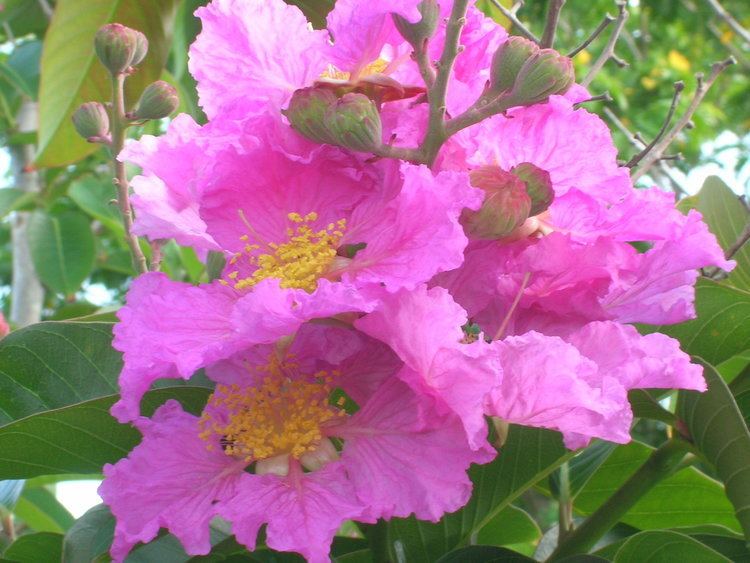Rank Species | Higher classification Crepe myrtle | |
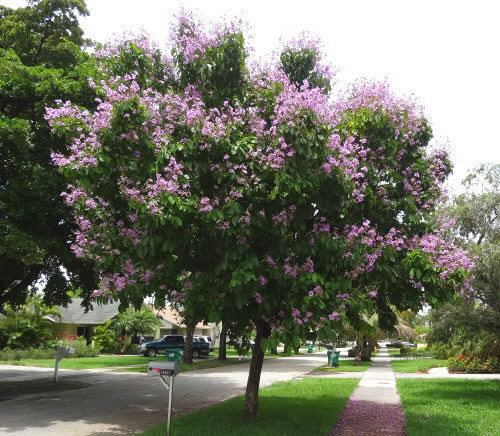 | ||
Similar Crepe myrtle, Lagerstroemia floribunda, Lagerstroemia loudonii, Lythraceae, Crepe‑myrtle | ||
Pride of india queen crape myrtle taman or lagerstroemia speciosa
Lagerstroemia speciosa (giant crape-myrtle, Queen's crape-myrtle, banabá plant for Philippines, or Pride of India) is a species of Lagerstroemia native to tropical southern Asia.
Contents
- Pride of india queen crape myrtle taman or lagerstroemia speciosa
- Lagerstroemia speciosa tree growing in dehradun
- Native Legends and Names
- Growth
- Cultivation and uses
- Chemistry
- In Buddhism
- References
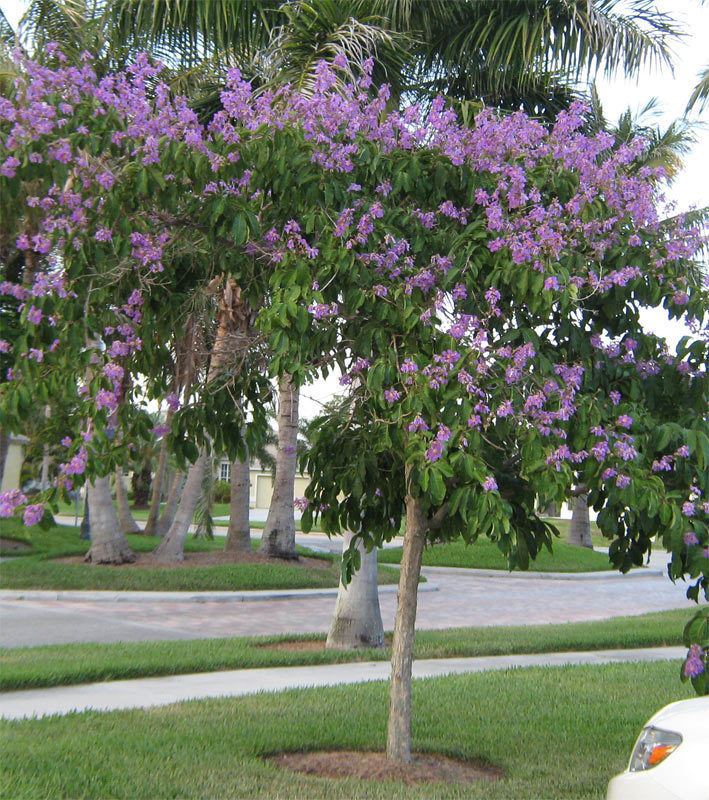
Lagerstroemia speciosa tree growing in dehradun
Native Legends and Names
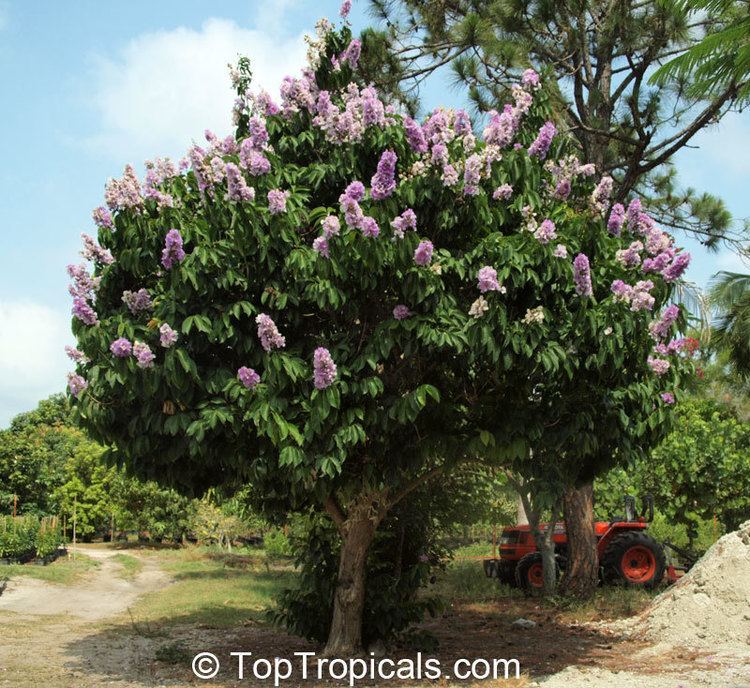
The genus Lagerstroemia was first described by Carl Linnaeus. The name Lagerstroemia recognizes Magnus von Lagerstroem, a Swedish naturalist who provided specimens from the East for Linnaeus.
Growth
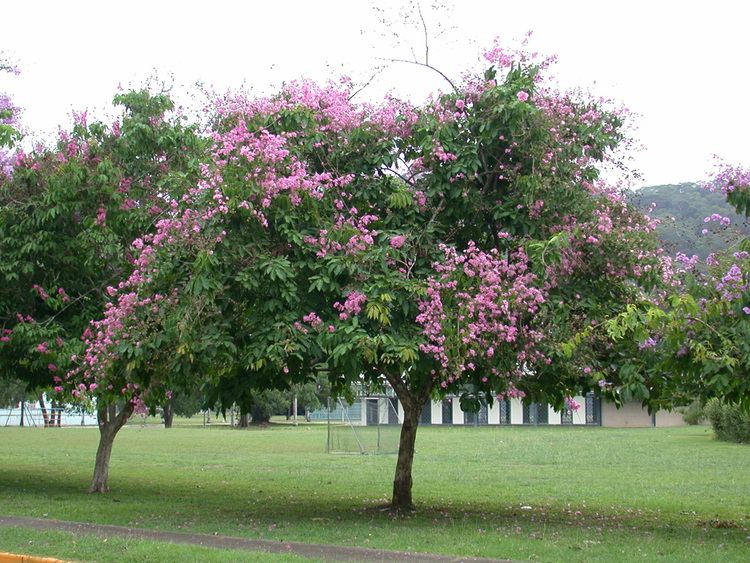
It is a small to medium-sized tree growing to 20 metres (66 ft) tall, with smooth, flaky bark. The leaves are deciduous, oval to elliptic, 8–15 cm (3.1–5.9 in) long and 3–7 cm (1.2–2.8 in) broad, with an acute apex. The flowers are produced in erect panicles 20–40 cm (7.9–15.7 in) long, each flower with six white to purple petals 2–3.5 cm (0.79–1.38 in) long. The flowers in this plant blooms only once in a year at the peak of summer.
Cultivation and uses
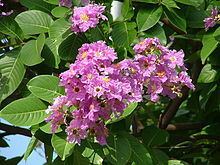
It is grown in South East Asia, India and the Philippines. It is also widely cultivated as an ornamental plant in tropical and subtropical areas. The leaves of the banabá and other parts are used widely in the Philippines, Taiwan, and Japan as a tea preparation. Banabá herb is one of the 69 herbal plants promoted by the Philippine Department of Health (DOH). In Vietnam the plant's young leaves are consumed as vegetables, and its old leaves and mature fruit are used in traditional medicine for reducing glucose in blood.
Chemistry
Chemical compounds that have been isolated from the extract include corosolic acid, lager-stroemin, flosin B, and reginin A.
In Buddhism
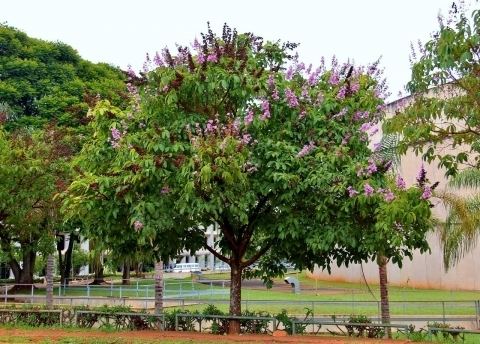
In Theravada Buddhism, this plant is said to have been used as the tree for achieved enlightenment, or Bodhi by the eleventh Lord Buddha ("Paduma - පදුම"), and the twelfth Lord Buddha ("Naarada - නාරද") . The plant is known as මුරුත (Murutha) in Sinhala and "Mahaasona - මහාසොණ" in Sanskrit.
